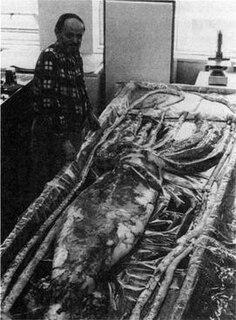 W
WFrederick Allen Aldrich AB, M.Sc., Ph.D. was a prominent marine biologist and educator. He is best remembered for his research on giant squid.
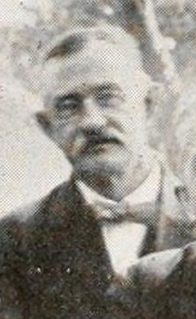 W
WTruman Heminway Aldrich was a civil engineer, a mining company executive, and a paleontologist, and briefly served in the United States House of Representatives and as Postmaster of Birmingham. He is the sole Republican ever to represent Alabama's 9th congressional district, which existed from 1893 to 1963. His brother William F. Aldrich also represented Alabama in Congress, serving three partial terms during 1896–1901 from Alabama's 4th congressional district.
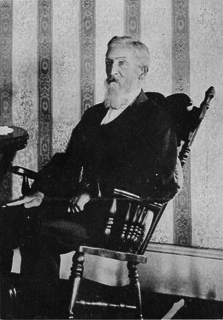 W
WDavid Dwight Baldwin was a businessman, educator, and biologist on Maui in the Hawaiian islands. Within biology he is known for his contributions to the study of Hawaiian land snails, part of malacology.
 W
WPaul Bartsch was an American malacologist and carcinologist. He was named the last of those belonging to the "Descriptive Age of Malacology.
 W
WJoseph Charles Bequaert was an American naturalist of Belgian origin, born 24 May 1886 in Torhout (Belgium) and died on 12 January 1982 in Amherst, Massachusetts.
 W
WSamuel Stillman Berry was an American marine zoologist specialized in cephalopods.
 W
WAmos Binney was an American physician and malacologist.
 W
WWilliam Greene Binney was an American malacologist, working mostly during the second half of the nineteenth century. He was responsible for volumes 4 and 5 of The Terrestrial Air-Breathing Mollusks of the United States , a task he took over from his father, Amos Binney, and collaborator, Augustus Addison Gould. The ninety engraved plates which were part of volume 5, illustrating most of the then known land mollusk fauna, are particularly noteworthy.
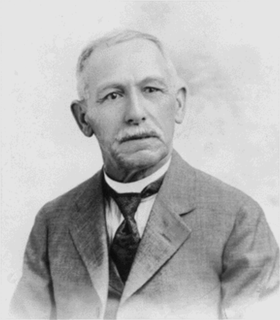 W
WWillis Stanley Blatchley was an American entomologist, malacologist, geologist, and author. His studies included Coleoptera, Orthoptera, Hemiptera, and the freshwater molluscs of Indiana. Blatchley described several taxa. His home in Dunedin, Florida, the Willis S. Blatchley House, is listed on the National Register of Historic Places.
 W
WGeorge Hubbard Clapp (1858–1949) was an American pioneer in the aluminum industry and also a numismatist.
 W
WWilliam James Clench was an American malacologist, professor at Harvard University and curator of the mollusk collection in the malacology department of the Museum of Comparative Zoology at Harvard.
 W
WTimothy Abbott Conrad was an American geologist and malacologist.
 W
WWilliam Healey Dall was an American naturalist, a prominent malacologist, and one of the earliest scientific explorers of interior Alaska. He described many mollusks of the Pacific Northwest of America, and was for many years America's preeminent authority on living and fossil mollusks.
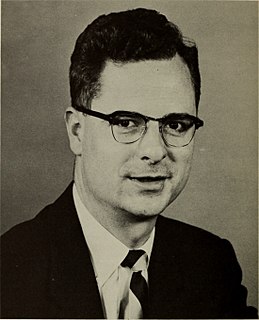 W
WWilliam Keith Emerson, usually known as Bill Emerson, was an American malacologist, a biologist who studied mollusks. He was a Curator Emeritus at the American Museum of Natural History in New York City where he had been a curator since 1955. He was also Chairman of the Department of Living Invertebrates and head of the Malacology section for several decades.
 W
WJames Henry Ferriss (1849-1926) was an American politician and amateur conchologist. According to Henry Augustus Pilsbry, Ferriss was "the fore-most of American landshell collectors... as a collector he has probably never been surpassed."
 W
WTheodore Nicholas Gill was an American ichthyologist, mammalogist, malacologist and librarian.
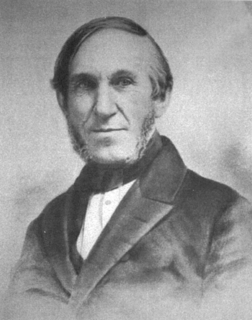 W
WAugustus Addison Gould was an American conchologist and malacologist.
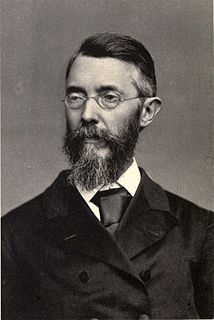 W
WJohn Thomas Gulick was an American missionary and naturalist from Hawaii. He was one of the pioneers of modern evolutionary thinking based on his studies of Hawaiian snails of the genus Acatinella. He was among the first to describe the formation of species through geographic separation of breeding populations. He developed early ideas on the founder effect and what is now known as the Baldwin effect. He coined the term "divergent evolution".
 W
WWilliam Henry Heard is a malacologist, and an authority on freshwater mollusks, especially freshwater pelecypods (clams). He is an emeritus professor in the Department of Biological Sciences, at Florida State University.
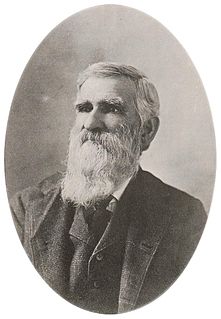 W
WHenry Hemphill (1830–1914) was an American malacologist, a biologist who studies mollusks. In particular he studied land and freshwater mollusca.
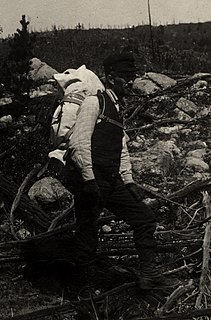 W
WJunius Henderson was an American lawyer, judge, curator, and amateur malacologist who was the first Curator of the University of Colorado Museum of Natural History, of which he is considered to be the founder. He has been described as “a giant of natural history in early-day Colorado” who “cast an enormous intellectual umbra.”
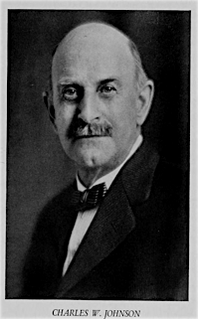 W
WCharles Willison Johnson was an American naturalist who specialized in entomology and malacology, making significant contributions in both fields. He was a mentor and inspiration to many students and young scientists such as William J. Clench. Johnson was Curator of the Wagner Free Institute of Science, 1888–1903, then was Principal Curator at the Boston Society of Natural History, 1903–1932.
 W
WJared Potter Kirtland was a naturalist, malacologist, and politician most active in the U.S. state of Ohio, where he served as a probate judge, and in the Ohio House of Representatives. He was also a physician and co-founder of Western Reserve University's Medical School, as well as what would become the Cleveland Museum of Natural History. Kirtland's warbler, Kirtland's snake, and the forest vine snake are named after him.
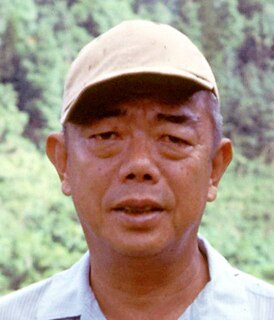 W
WYoshio Kondo was a biologist and malacologist. He spent virtually his entire life in Hawaii, with the exception of a number of collecting expeditions, primarily to islands in the Pacific Ocean, and his time spent at Harvard University, where he received a Ph.D. under the direction of William J. Clench in 1955. He was known to most people as "Yoshi".
 W
WFrank Mace MacFarland (1869–1951) was an American malacologist associated with Stanford University in California. Born in Centralia, Illinois, MacFarland attended DePauw University, Stanford University and the University of Wurzburg. On August 27, 1902, MacFarland married Olive Knowles Hornbrook. Mrs. MacFarland was a skilled technician and artist whose delicate watercolor paintings illustrated many of his scientific publications.
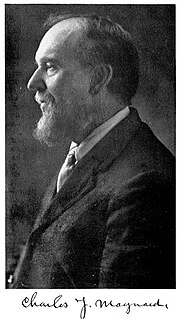 W
WCharles Johnson Maynard was an American naturalist and ornithologist born in Newton, Massachusetts. He was a collector, a taxidermist, and an expert on the vocal organs of birds. In addition to birds, he also studied mollusks, moss, gravestones and insects. He lived in the house at 459 Crafts Street in Newton, Massachusetts, built in 1897 and included in the National Register of Historic Places in 1996 as the Charles Maynard House. The Charles Johnson Maynard Award is given out by the Newton Conservators, Inc.
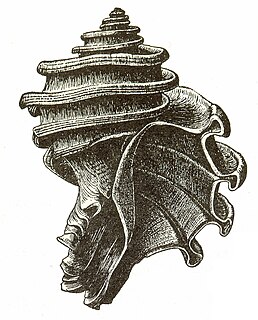 W
WDr. James Culbertson McConnell, usually abbreviated as J. C. McConnell was one of the world's most acclaimed scientific illustrators.
 W
WArtie Lou Metcalf was an American malacologist.
 W
WWesley Newcomb (1818–1892) was an American physician and a malacologist who specialized in land snails.
 W
WWilliam Erwood Old Jr. usually known as Bill Old, was an American malacologist.
 W
WIda Shepard Oldroyd (1856–1940) was an American conchologist and Curator of Geology at Stanford University for over 20 years, who curated what was for a time the second largest collection of mollusk shells in the world. Oldroyd and her husband, Tom Shaw Oldroyd, amassed one of the largest private shell collections in California. Ida was recognized as an active and early pioneer of conchology in the western United States. She was a charter member of the American Malacological Union, which she served as vice-president in 1934 and as honorary president from 1935 to 1940.
 W
WIda Shepard Oldroyd (1856–1940) was an American conchologist and Curator of Geology at Stanford University for over 20 years, who curated what was for a time the second largest collection of mollusk shells in the world. Oldroyd and her husband, Tom Shaw Oldroyd, amassed one of the largest private shell collections in California. Ida was recognized as an active and early pioneer of conchology in the western United States. She was a charter member of the American Malacological Union, which she served as vice-president in 1934 and as honorary president from 1935 to 1940.
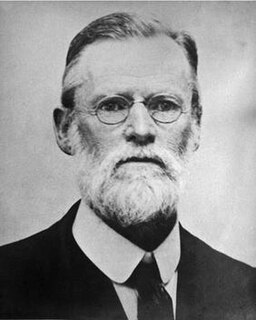 W
WCharles Russell Orcutt or C.R. Orcutt was a noted naturalist sometimes called "cactus man" because on many expeditions he found new species of cacti. He was active in the San Diego Society of Natural History, promoting the foundation of a local natural history museum, now the San Diego Natural History Museum. He edited the American Botanist (1898-1900), American Plants (1907-1910), and Western Scientist (1884-1919) and in his collecting work, made contributions to the fields of botany and malacology.
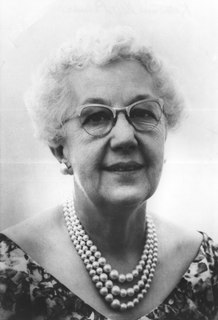 W
WKatherine Van Winkle Palmer was a Tertiary paleontologist, a scientist who studies fossils from the Cenozoic Era, and geologist. Palmer was recognized for her field/doctoral study on veneracean lamellibranches, a class of bivalve mollusks that include clams, scallops and oysters. Palmer was a director of the Paleontological Research Institution in New York. At this position, Palmer oversaw the publication of numerous Bulletins of American Paleontology as well as several issues of Palaeontographica Americana.
 W
WHenry Augustus Pilsbry was an American biologist, malacologist and carcinologist, among other areas of study. He was a dominant presence in many fields of invertebrate taxonomy for the better part of a century. For much of his career, his authority with respect to the classification of certain substantial groups of organisms was unchallenged: barnacles, chitons, North American terrestrial mollusks, and others.
 W
WTemple Prime was an amateur conchologist. He studied under Louis Agassiz at Harvard University. He described several new species of the bivalve family Cycladidae.
 W
WConstantine Samuel Rafinesque-Schmaltz was a French 19th-century polymath born near Constantinople in the Ottoman Empire and self-educated in France. He traveled as a young man in the United States, ultimately settling in Ohio in 1815, where he made notable contributions to botany, zoology, and the study of prehistoric earthworks in North America. He also contributed to the study of ancient Mesoamerican linguistics, in addition to work he had already completed in Europe.
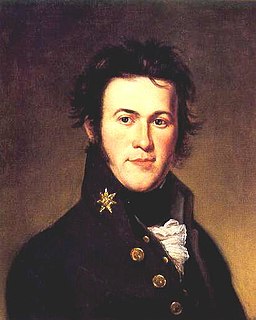 W
WThomas Say was an American entomologist, conchologist, and herpetologist. His definitive studies of insects and shells, numerous contributions to scientific journals, and scientific expeditions to Florida, Georgia, the Rocky Mountains, Mexico, and elsewhere made him an internationally known naturalist. Say has been called the father of American descriptive entomology and American conchology. He served as librarian for the Academy of Natural Sciences of Philadelphia, curator at the American Philosophical Society, and professor of natural history at the University of Pennsylvania.
 W
WCharles Torrey Simpson was an American botanist, malacologist, and conservationist. He retired to Florida where he became known for conservation.
 W
WRobert Edwards Carter Stearns was an American conchologist.
 W
WWilliam Stimpson was a noted American scientist. He was interested particularly in marine biology. Stimpson became an important early contributor to the work of the Smithsonian Institution and later, director of the Chicago Academy of Sciences.
 W
WEllen E. Strong is a research zoologist, curator of Mollusca, and the chair of the Department of Invertebrate Zoology at the Smithsonian Institution's National Museum of Natural History. She studies the diversity and the evolutionary relationships of freshwater and marine snails. Many of these snails have been affected by humans and she is part of conservation efforts by informing best how to help these species.
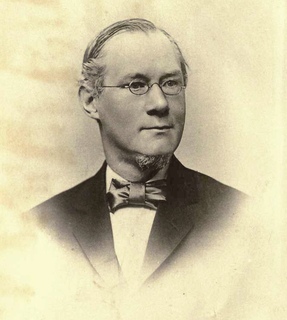 W
WGeorge Washington Tryon Jr. was an American malacologist who worked at the Academy of Natural Sciences in Philadelphia.
 W
WRuth Dixon Turner was a pioneering U.S. marine biologist and malacologist. She was the world's expert on Teredinidae or shipworms, a taxonomic family of wood-boring bivalve mollusks which severely damage wooden marine installations.
 W
WMartha Burton Woodhead Williamson (1843–1922) was an American malacologist and journalist. She was a founding member of the American Association of Conchologists and vice president of the Historical Society of Southern California, as well as the second president of the Southern California Press Club.